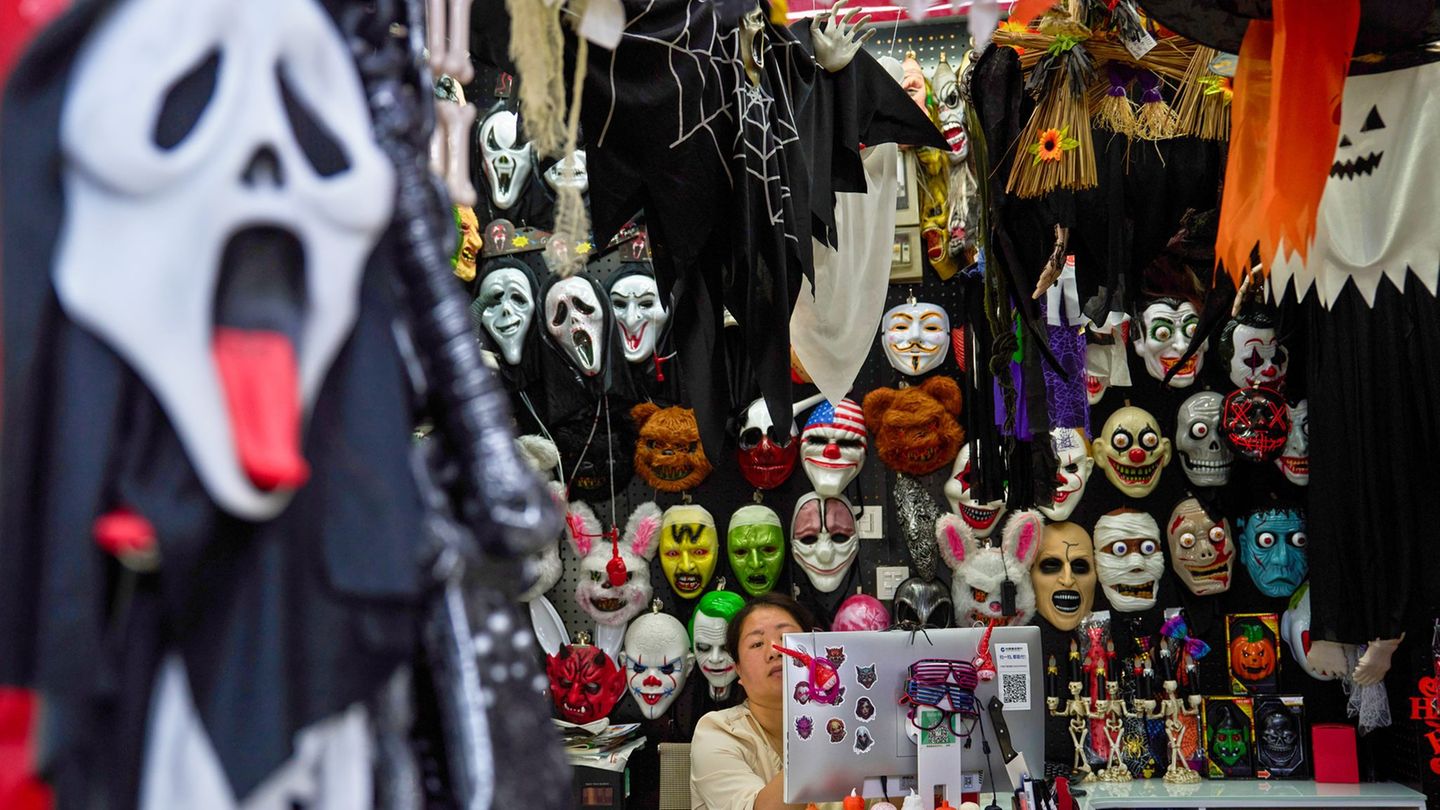Menu
Wine production: Winemakers in crisis – harvest lower than it has been for a long time
Categories
Most Read
Trade dispute: Trump announces additional tariffs against Canada
October 25, 2025
No Comments
the simple tips that will change your savings
October 25, 2025
No Comments
How to receive a refund of up to 100% of Buepp on the subway fare
October 25, 2025
No Comments
How much do I earn if I invest $750,000 today in 30 days?
October 25, 2025
No Comments
This supermarket offers great discounts on blenders
October 25, 2025
No Comments
Latest Posts

Donald Trump: “Hostile act” – further tariffs against Canada
October 26, 2025
No Comments
Trade dispute escalates Trump speaks of a “hostile act” and announces further tariffs against Canada Copy the current link Add to wishlist The Canadian province

Scary films: Want a thrill? Films that won’t let you sleep
October 26, 2025
No Comments
Lisa HarrisI am an author and journalist who has worked in the entertainment industry for over a decade. I currently work as a news editor

After fighting in the border area: Thailand and Cambodia seal peace – Trump mediates
October 26, 2025
No Comments
IvanI have been working in the news industry for over 6 years, first as a reporter and now as an editor. I have covered politics
24 Hours Worlds is a comprehensive source of instant world current affairs, offering up-to-the-minute coverage of breaking news and events from around the globe. With a team of experienced journalists and experts on hand 24/7.

